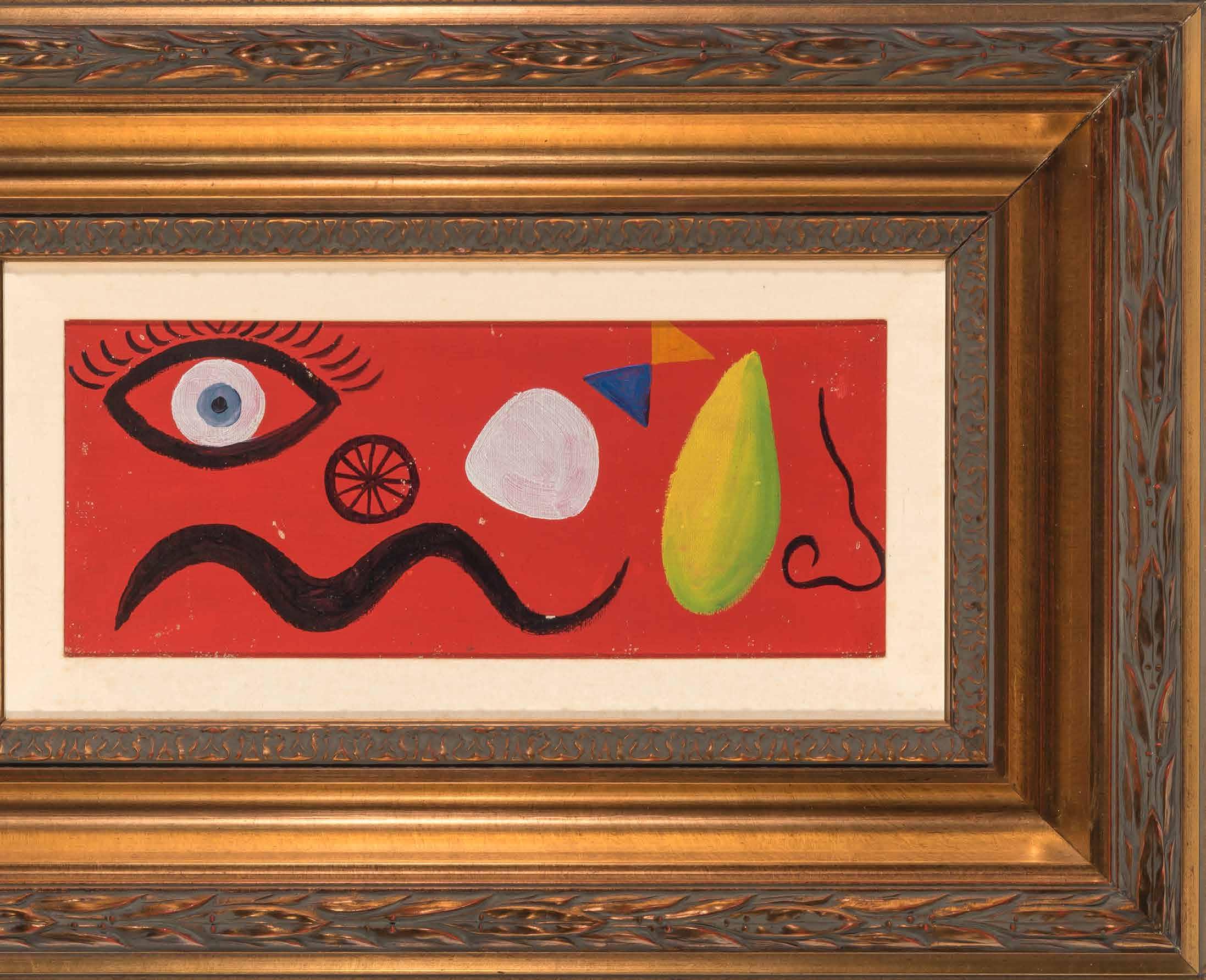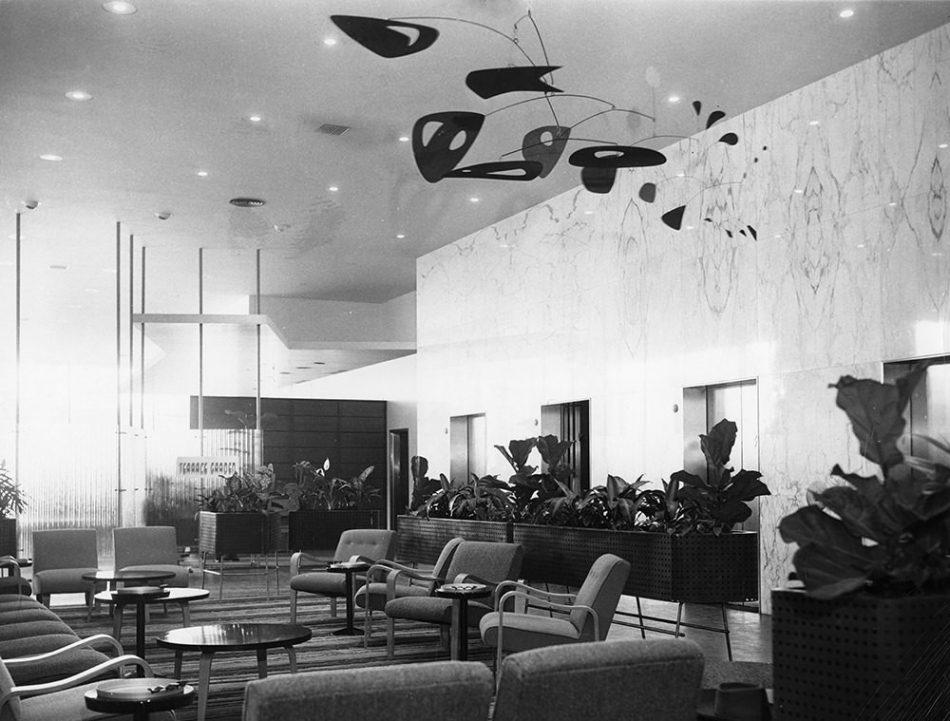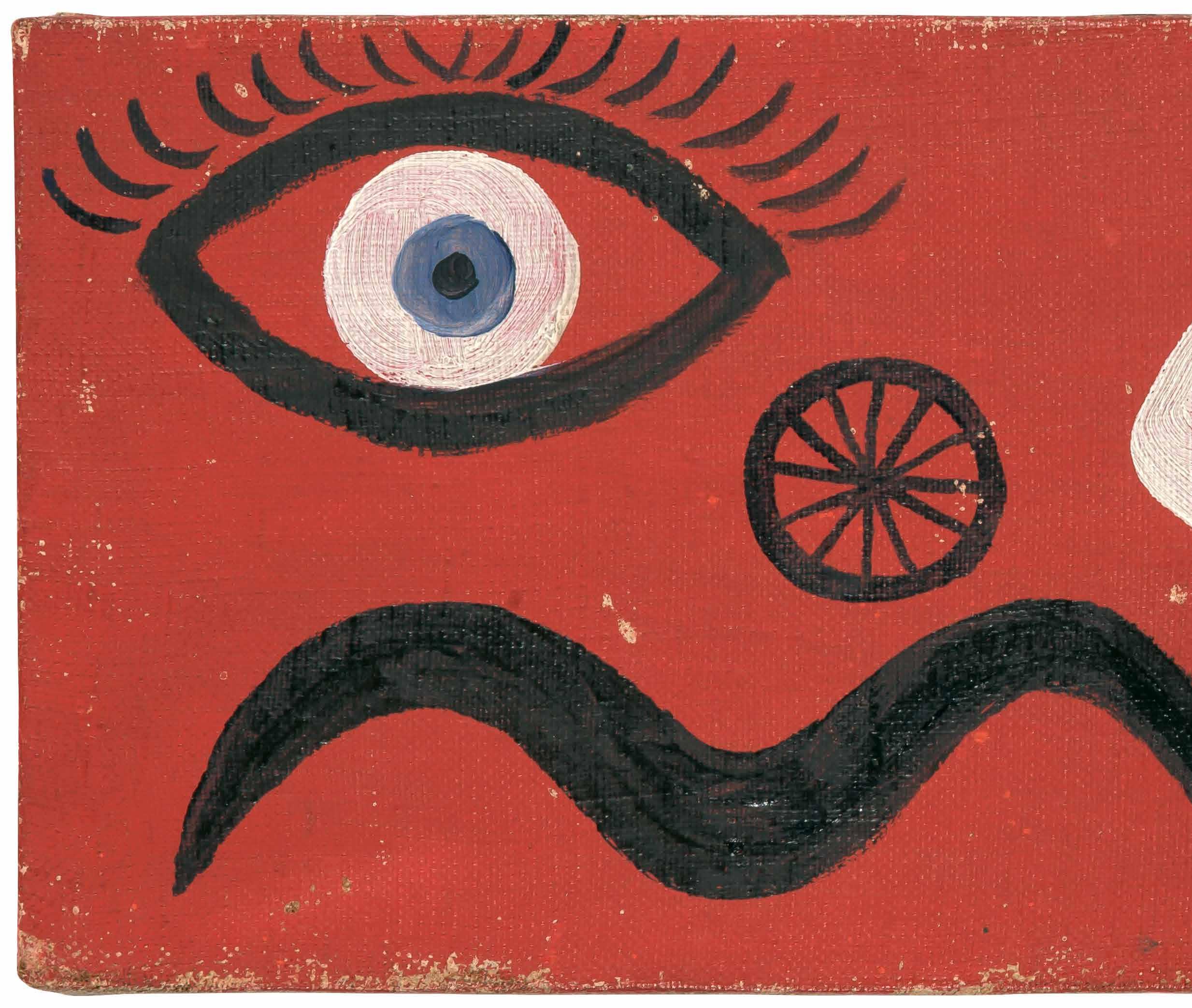
4 minute read
Memento For A Friend by Shani Toledano
A MEMENTO FOR A FRIEND
BY SHANI TOLEDANO
Advertisement
Born into an artistic family – his mother a painter and his father, Alexander Stirling Calder, a sculptor – Alexander Calder (1898-1976) was encouraged from an early age to create. Although his initial studies were in mechanical engineering, after a short while in the industry Calder’s interest abruptly turned to painting and he enrolled himself at the Art Students League in New York. His early training in realism did not hold his attention very long, however, and he left for Paris in 1926. There his circle of friends included artists Joan Miró, Fernand Léger, Marcel Duchamp and James Johnson Sweeney, a curator, writer and devoted advocate of abstract Modern Art who went on to become curator for the Museum of Modern Art, as well as the Director of the Guggenheim Museum. After a visit to the studio of Piet Mondrian, Calder was inspired to pursue abstraction, a pivotal moment for his career.
Although Calder considered himself more sculptor than painter, his use of the two-dimensional medium to explore ideas of space, form, composition, color and movement were all integral to the creation of his sculptures. His desire was always to create movement; and although painting presented inherent limitations to that goal, he nevertheless continued to use the medium to explore new ideas and compositions throughout his career. Indeed, Untitled, 1946 is full of the whimsy and playfulness that we recognize in his three-dimensional works.
Calder presented Untitled as a gift to his friend the architect and interior designer Benjamin Baldwin around 1946. At that time Baldwin was working at the renowned architectural firm of Skidmore, Owings and Merrill in New York and had been tasked with designing the interiors for the Terrace Plaza Hotel in Cincinnati. The hotel, commissioned by the real estate developer John J. Emery, was a Modernist masterpiece, not only in design, but in innovation. It was the first hotel to have a fully automated elevator and a television set in every room; it was also one of the first public buildings in America to commission site-specific works of contemporary art for its interiors.

Baldwin attended the Cranbrook Academy of Art, the prestigious institution of creative design, during its Golden Age. His fellow Alumni and instructors included Charles and Ray Eames, Harry Bertoia, Florence Knoll, Marianne Strengell, Eliel and Eero Saarinen, Ralph Rapson and Harry Weese, each a titan of American Modernist design. Located in Bloomfield Hills, Michigan, twenty-five miles north of Detroit, Cranbrook, a modern arts colony, was an experiment in education whose philosophy taught that each student should understand all aspects of design, from architecture to furniture to metalwork. The Academy encouraged experimentation in design and process, research and cross-disciplinary thought.


The Gourmet Room featuring a mural by Joan Miro. https://aeqai.com/main/2019/03/the-terrace-plaza-hotel-recognizing-greatness/6-47/
For the Terrace Plaza Hotel, Baldwin commissioned Calder to create his mobile Twenty Leaves and an Apple to hang in the eighth-floor Sky Lobby opposite the elevator doors. Composed of piano wire and sheet metal and painted entirely in black save for its one red apple, the seventeen-foot sculpture greeted every guest who emerged from the elevators with its ever-changing, elegant form, constantly recreating itself with the slightest breeze. Baldwin also commissioned Saul Steinberg to create a mural for the main dining room; Jim Davis to design the long wall behind the back bar in The Terrace Garden restaurant and lounge; and Joan Miro to paint the mural for The Gourmet Room, whose thirty-foot curved wall faced the arched wall of glass offering its diners a stunning panoramic view of the city. Since Calder’s work during this period was very reminiscent of Miro’s, it was fitting that both artists’ works were chosen to complement the design of this new modern hotel.
The hotel was eventually sold in 1956 to the Hilton Hotel Corporation. The one stipulation set forth by Emery ahead of the sale was that the artwork remain in the hotel until the new owners decided to redecorate. During the negotiations, however, Hilton did not wish the art to be a part of the purchase due to the high cost of insuring it. When Hilton decided to redecorate the hotel almost a decade later, Emery donated all four works to the Cincinnati Museum of Art.

Untitled, 1946, stands as a memento of a warm friendship between two important Modernist artists, and a brilliant expression of Calder’s genius at a particularly creative moment in his career.

IMPORTANT PAINTINGS - THURS, SEPT 17
Lot 201
Alexander Calder
American, 1898-1976 Untitled, circa 1946 Oil on canvas mounted to board 5 3/4 x 15 3/8 inches (14.6 x 39.05 cm)
Provenance: Gift from the artist to Benjamin Baldwin, circa 1946 Private collection, Montgomery AL, 1993 Sale, Christie's, New York, Contemporary Art, Feb. 23, 1994, lot 4 Purchased from the above by the current owner Literature: Benjamin Baldwin: An Autobiography in Design, W. W. Norton & Co., New York, 1995, llus. p. 29
This work is registered in the archives of the Calder Foundation, New York, under application number A11199. C The Collection of Dorothea Benton Frank $70,000-90,000




